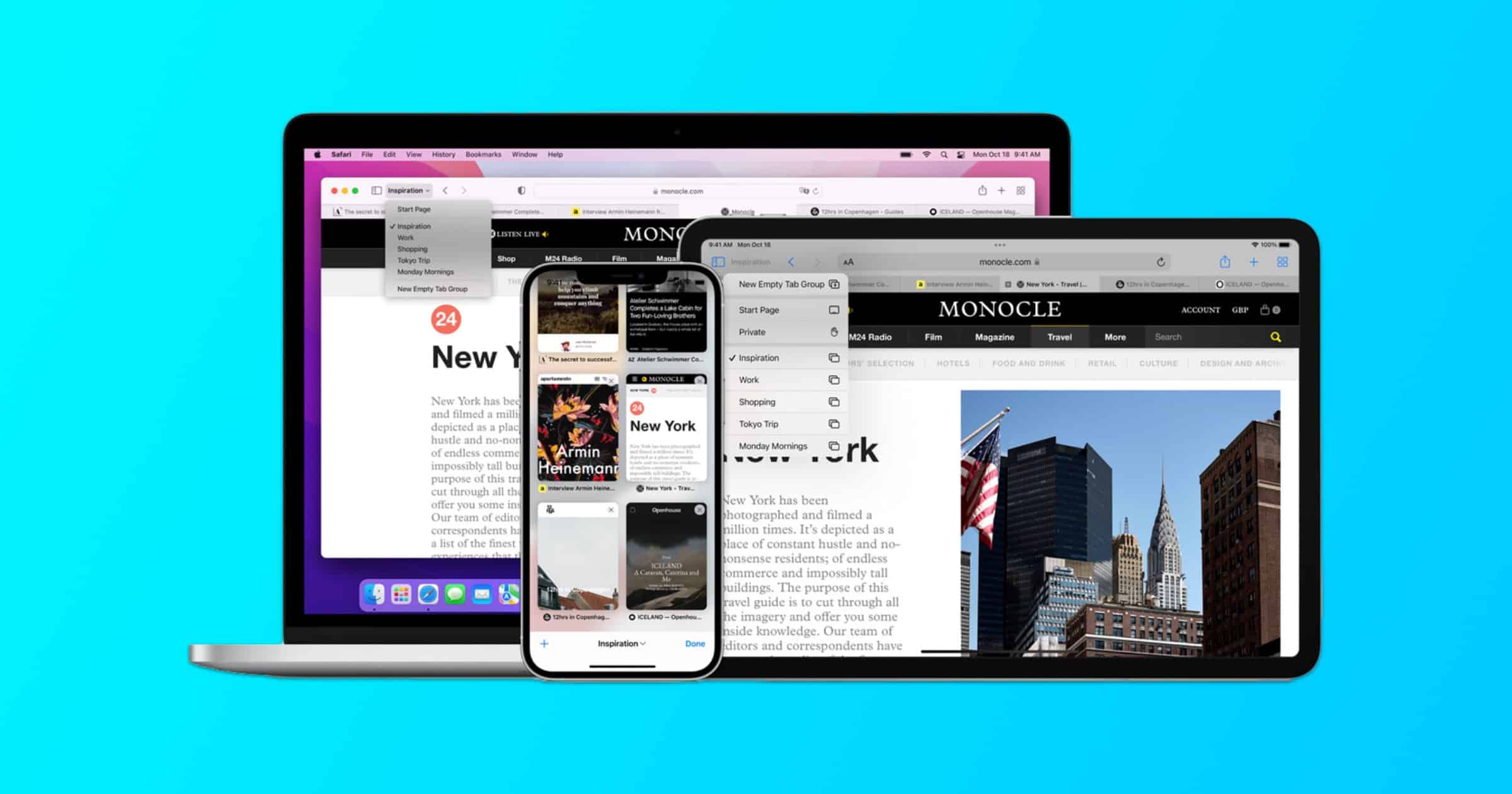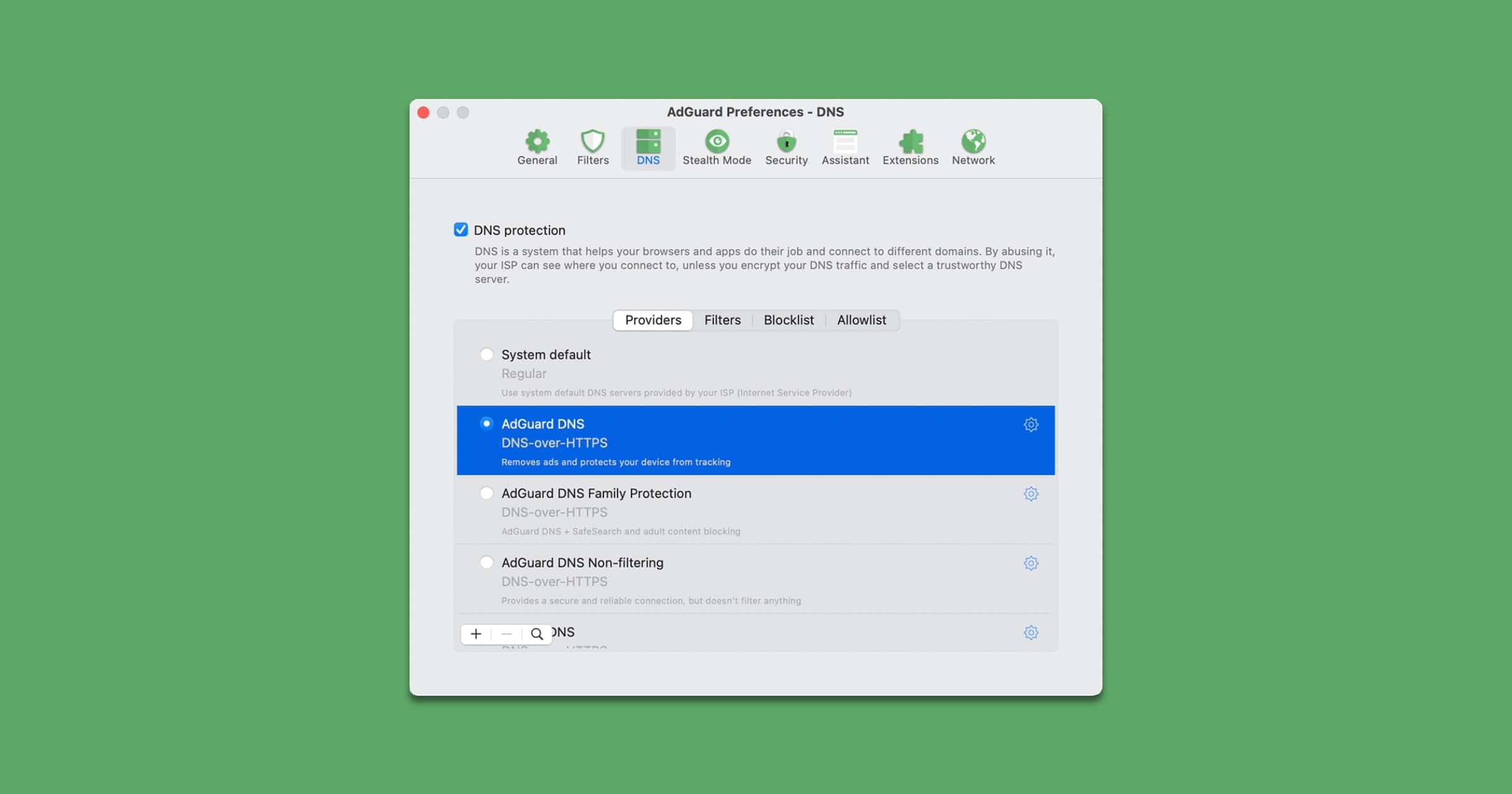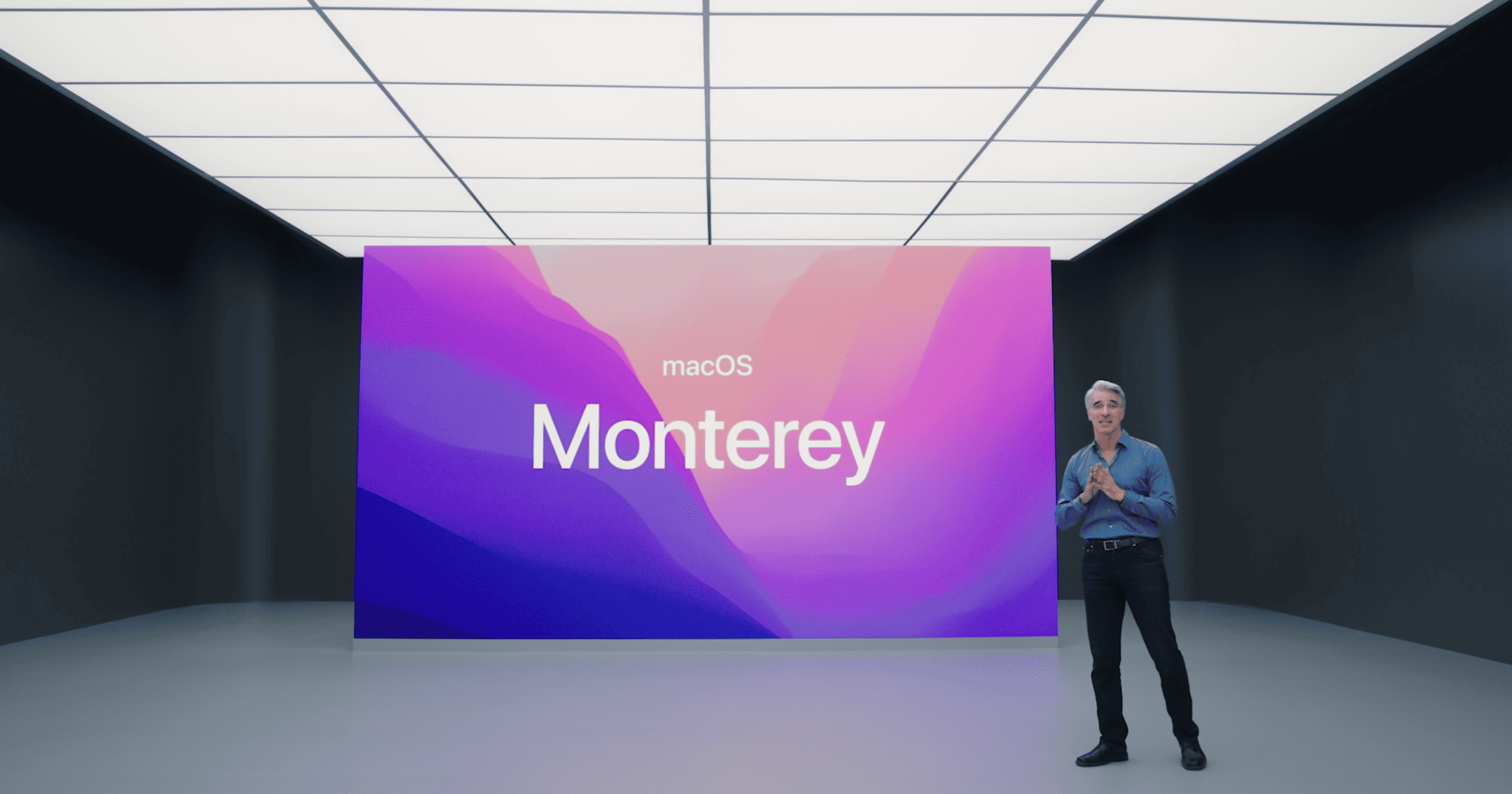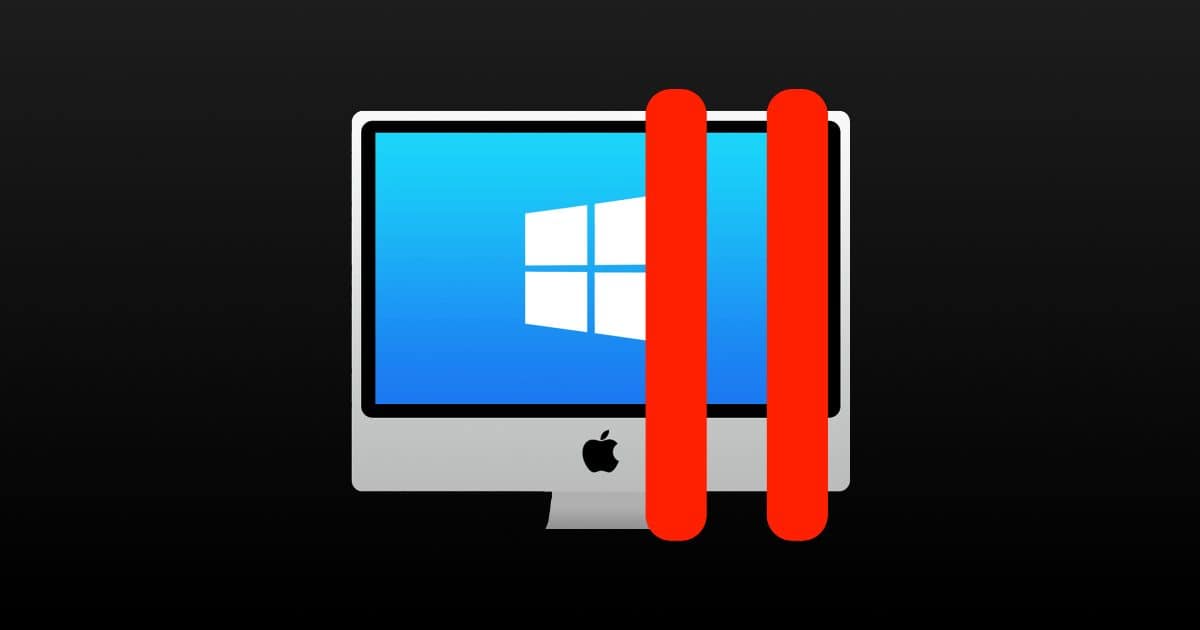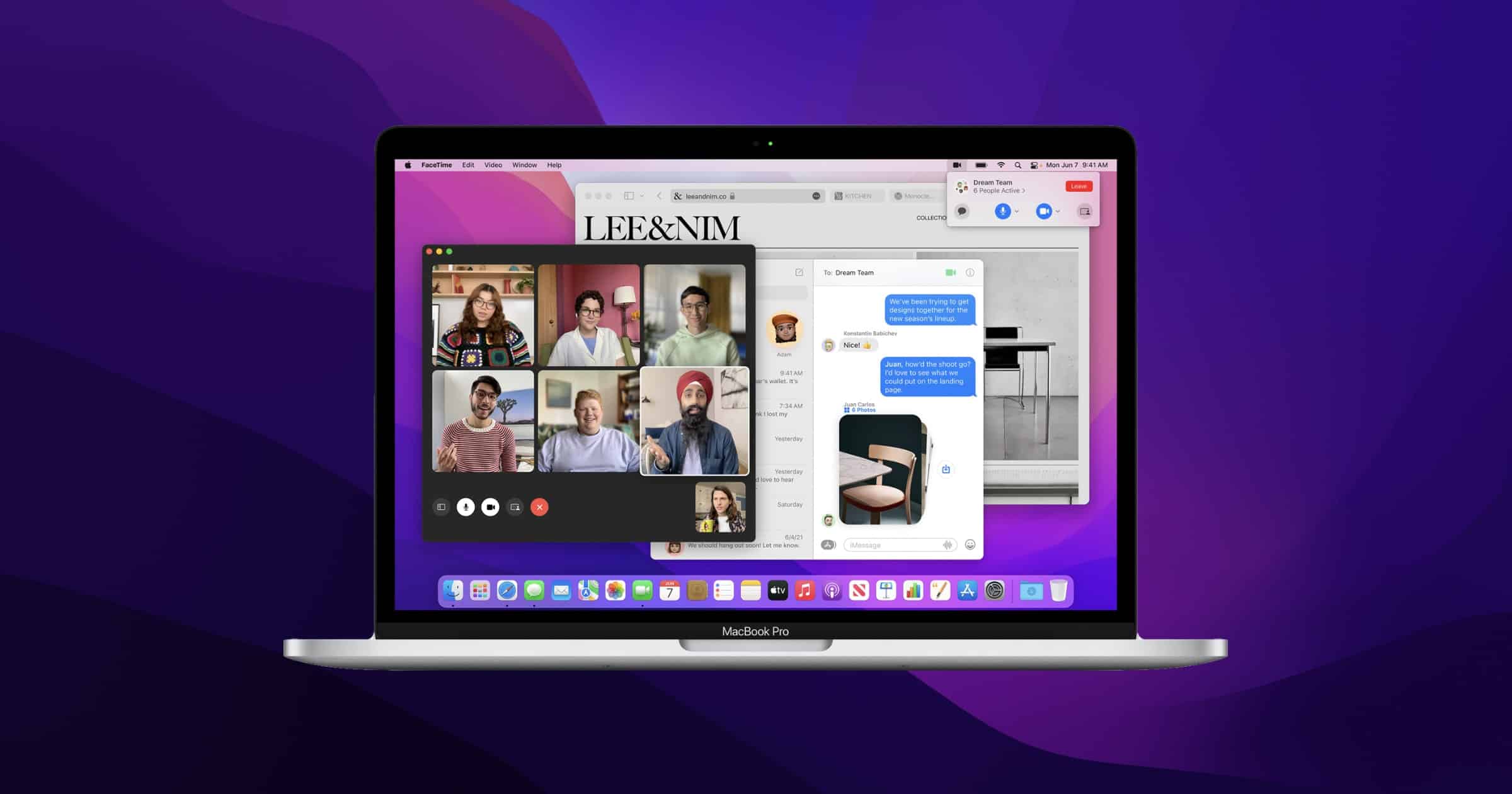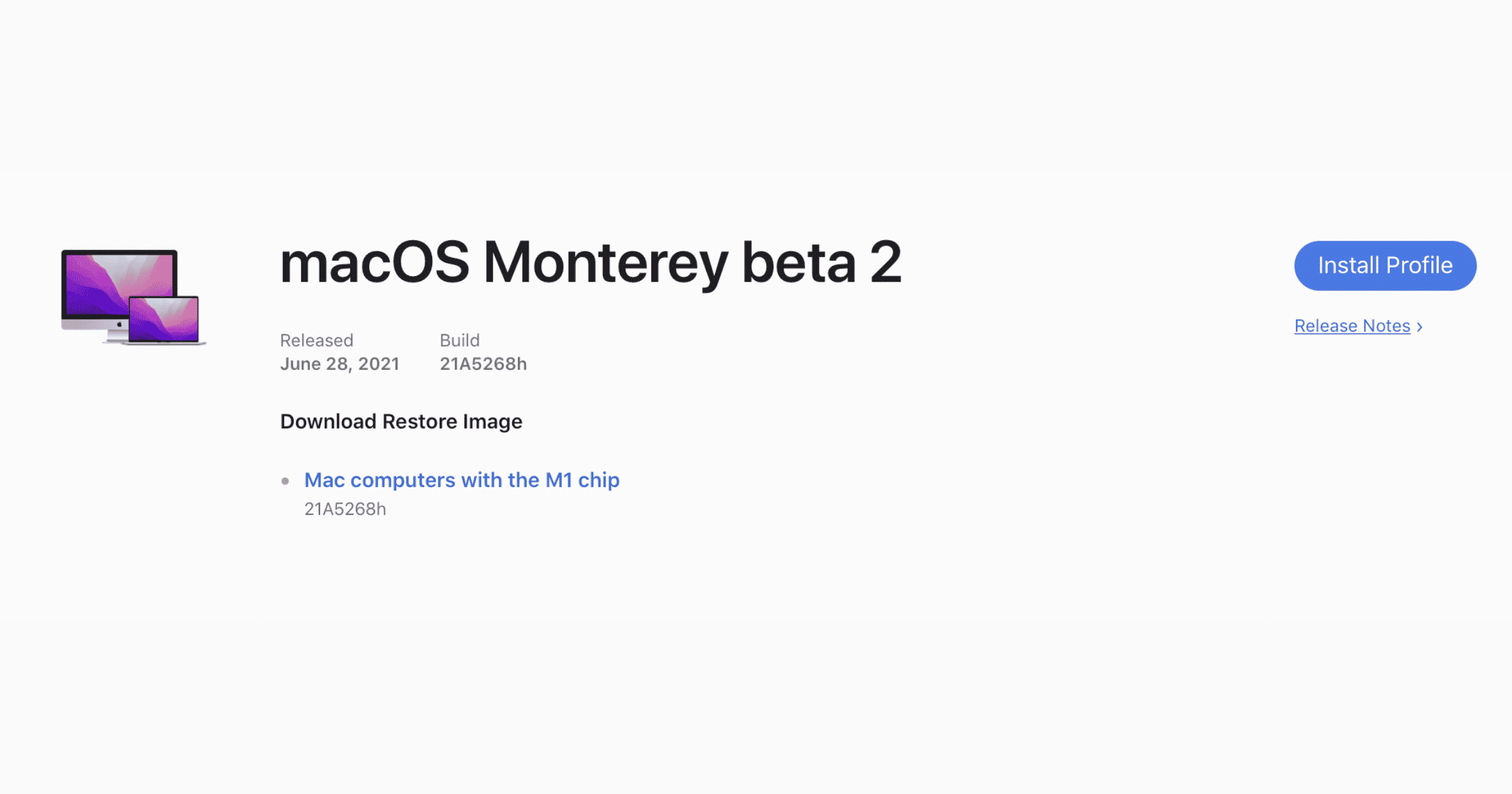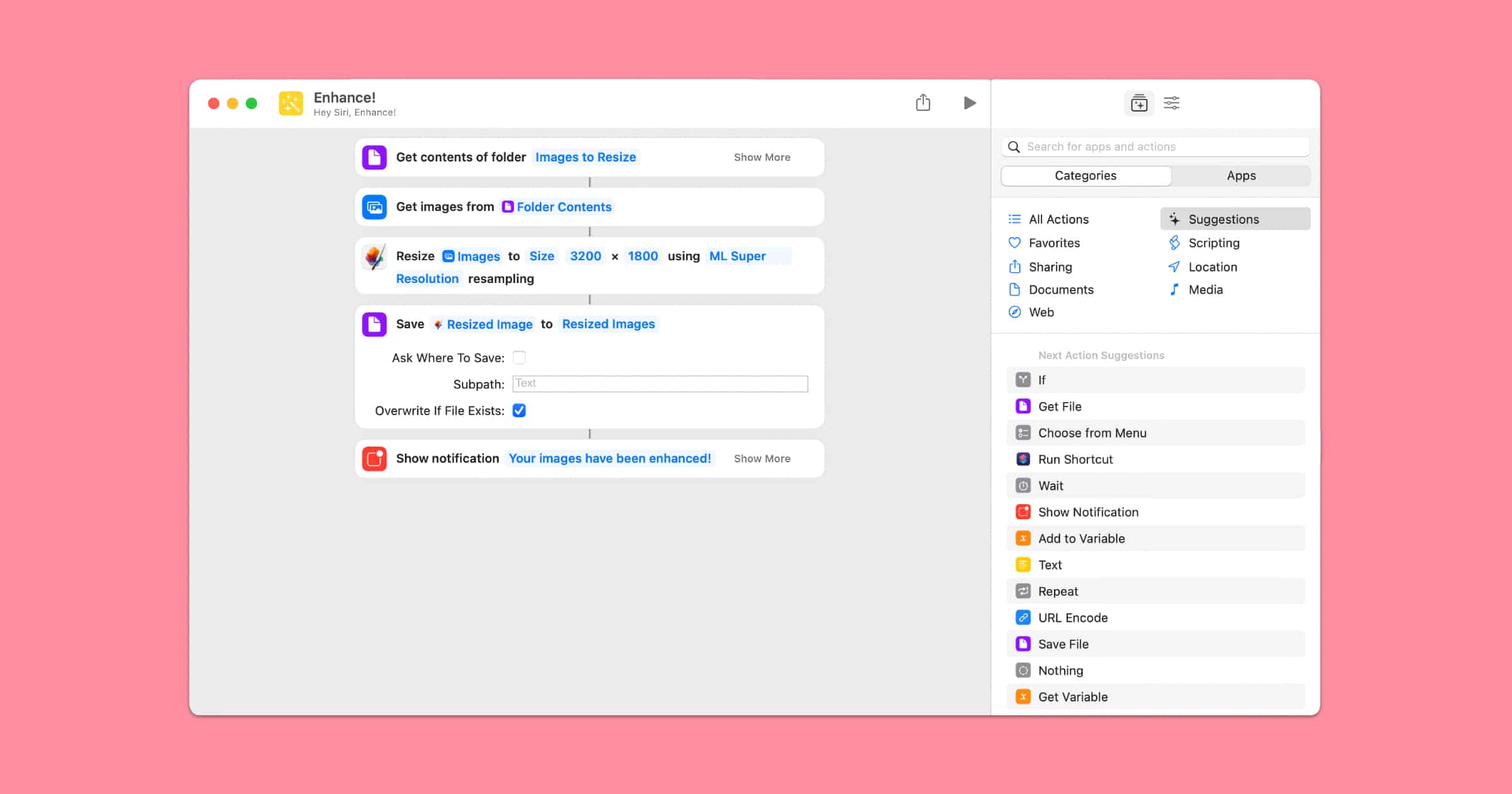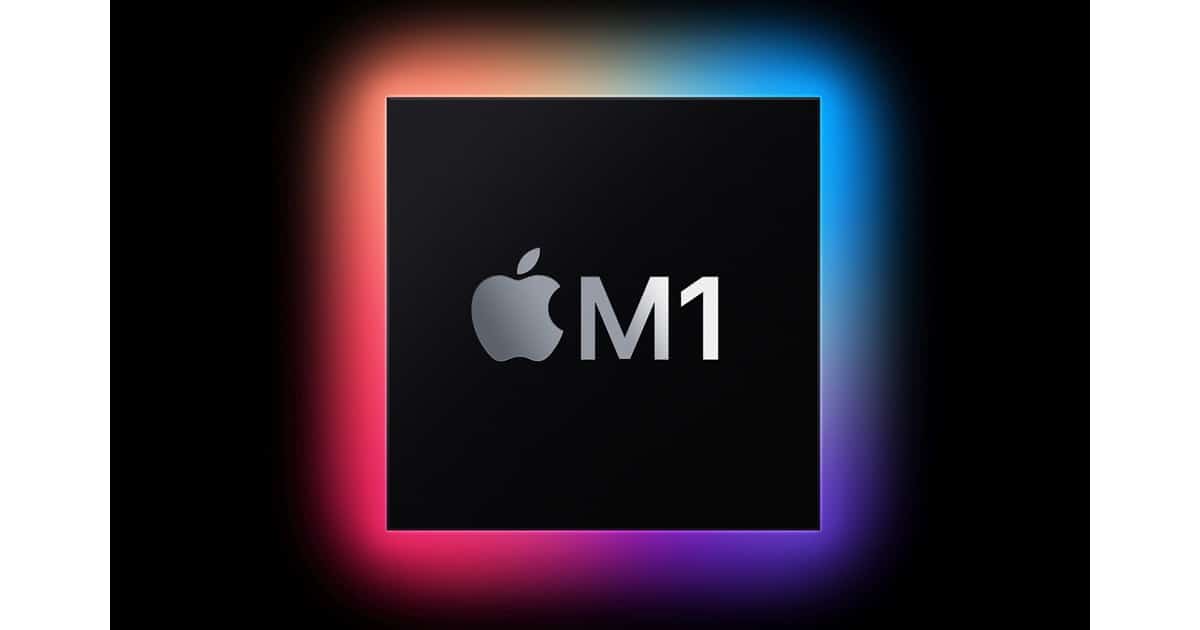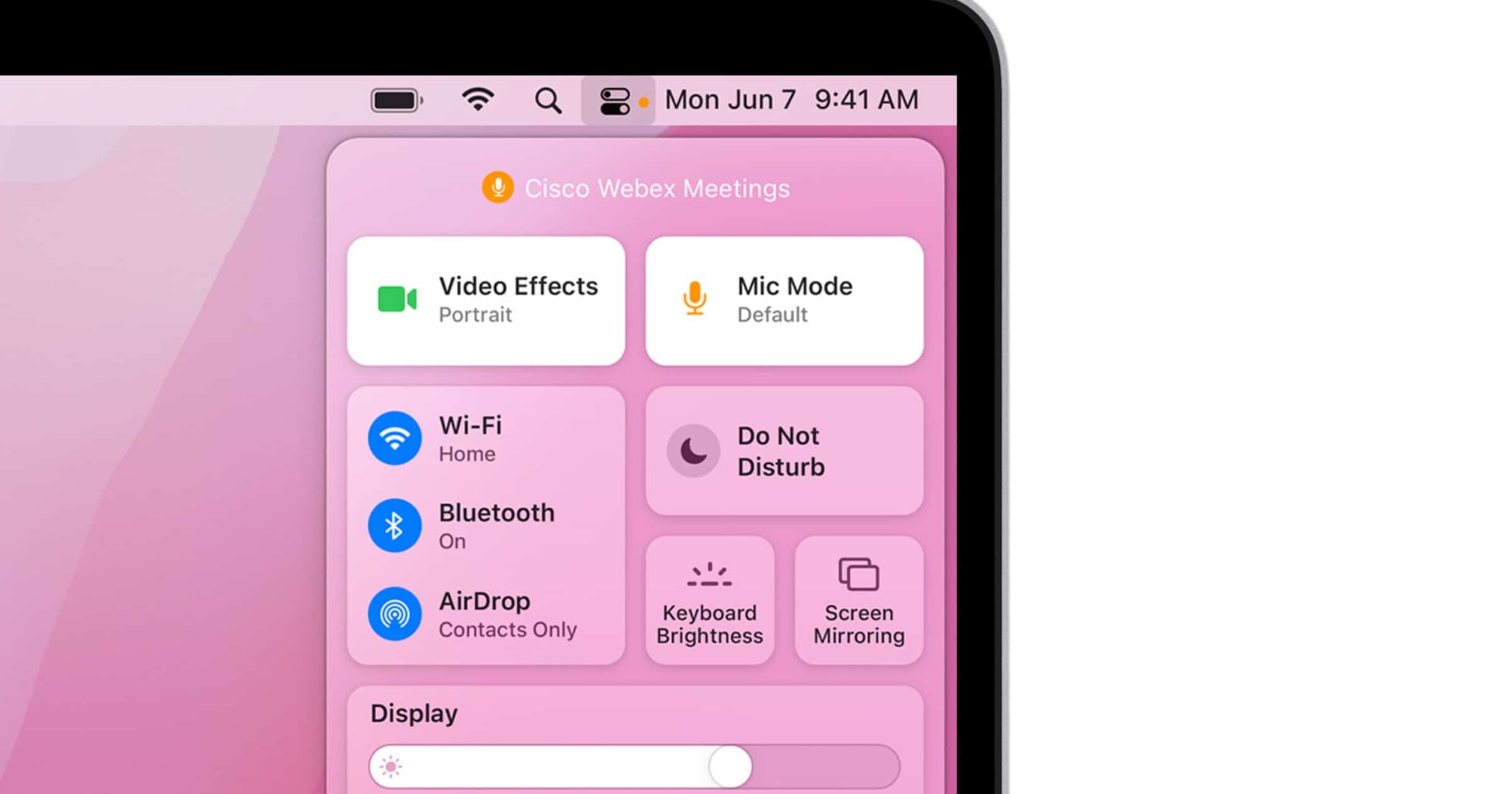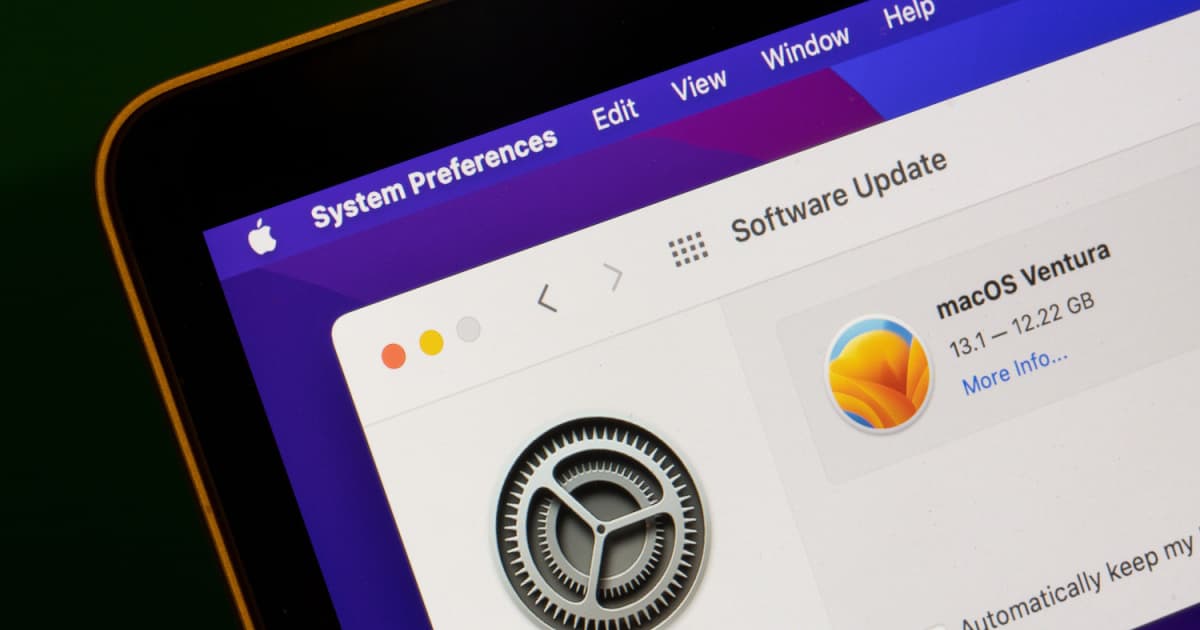Jamf, a company that provides device management solutions for businesses, announced its support for macOS Monterey.
Search: macOS Monterey
macOS Monterey is Now Available [Updated]
Apple has released macOS Monterey, the successor to macOS Big Sur, containing a host of new features including Shortcuts and Live Text.
Should You Install macOS Monterey On An Unsupported Mac?
Is it a good idea to install macOS Monterey on an unsupported Mac? Find out in this video tip from Mac Geek Gab 894
What You Need To Know About macOS Monterey
Apple’s macOS Monterey comes out on Monday, October 25th. Watch this mini-segment from Mac Geek Gab 896 to learn more about what to expect!
How To Reset Your Bluetooth In MacOS Monterey
Seems the menu option to reset your Bluetooth has disappeared in the macOS Monterey betas. Mac Geek Gab 894 to the rescue! Just use this: sudo pkill bluetoothd.
macOS Monterey Arrives to Customers on October 25
Apple announced on Monday that the new MacBook Pros will be available to download later in October with a bunch of new features.
AdGuard for Mac Supports M1, macOS Monterey, adds DNS Filtering
AdGuard for Mac has a new update, and it brings DNS filtering, support for Apple Silicon, and compatibility with macOS Monterey. “From now you needn’t rely on a DNS server provided by your ISP by default, you have the luxury of making choices — cherry-pick DNS servers from known DNS providers or even add custom DNS servers. You can also add domains to DNS blocklist or allowlist and add complicated rules using DNS rules syntax.”
MacOS Monterey Adds Memoji to Mac Lock Screen
Big Sur gave us Memoji in Messages on our Macs. In Monterey, we can even put our Memoji on our Mac’s lock screen. Jeff Butts walks you through making that happen.
Fourth Public Beta of macOS Monterey Available Now
Apple has seeded the Fourth Public Beta of macOS Monterey, giving those not in the developer program a chance to test the software.
Parallels 17 is First macOS Monterey Virtual Machine Running on Apple Silicon
Parallels 17, the latest version of the software that allows users to work with Apple and Windows operating systems on the same device, is out now. 9to5 Mac has a good breakdown of the latest features.
Software doesn’t stand still and neither do the operating systems. macOS Monterey and Windows 11 will be coming sooner than later and Parallels 17 is ready for them both as a host and a guest. If you need to start testing macOS Monterey for your job but are not ready to run it full time, Parallels 17 lets you run it in a virtual machine today. Parallels worked closely with Apple to optimize the experience of running macOS Monterey in a virtual machine. Parallels 17 shows noticeable speed improvements across the board. Resuming an OS is now 38% faster and OpenGL performs up to six times faster. Apple Silicon Macs report over a 20% performance boost with Windows 10 boot time, improved disk performance, and enhanced DirectX11 support.
Apple Seed macOS Monterey Beta 4
Apple seeded the fourth developer beta of macOS Monterey giving those enrolled in the developer program the chance to look at new features.
Restore Safari Tab Bar in MacOS Monterey Beta
The new macOS Monterey Beta includes a removal of the old Safari Tab Bar. Want the Tab Bar back? Check out this Quick Tip from Mac Geek Gab 878 to learn more! Find more info here, too.
Apple Seeds macOS Monterey Public Beta 1
Apple has released macOS Monterrey public beta 1 on Thursday, a day after seeding betas for iOS 15 | iPadOS 15 and watchOS 8.
Apple Seeds macOS Monterey Developer Beta Two
Apple has released the second developer beta of macOS Monterey, fixing a number of issues from the previous release.
What's New in MacOS Monterey 2021
In this segment from Mac Geek Gab 875, John F Braun, our Special Guest Dave Mark, and I discuss what’s new in Mac OS Monterey including: Shortcuts, Safari Tabs, Airplay to Mac, and Low Power Mode
Pixelmator Pro Will Support macOS Monterey Shortcuts
On Monday the team behind Pixelmator Pro announced that its Mac app will integrate with the upcoming Shortcuts app on macOS Monterey.
Apple Should Have Been Clear About macOS Monterey and M1 Macs
As we have now learned, users will require an M1 Mac to get all of the features coming in macOS Monterey. Oliver Haslam at iMore thinks that by allowing users and journalists to work this out, instead of properly announcing itself, Apple missed a big opportunity to talk up its own silicon. I rather agree.
What if Apple had made a point out of the M1 Macs getting the full feature set? What if Apple had someone stand on its virtual stage and say “because M1 is so powerful, and thanks to its Neural Engine, we were able to take macOS Monterey a step further on new Macs.” What if someone had rolled out the red carpet, shown the new features off on a bright orange M1 iMac, and pointed out just why the M1 is so great? The whole message would be different. Then, the M1 would be the hero of the piece, flexing its muscle to go above and beyond. Now, it’s the villain as it rips features from Intel’s cold, dead hands.
macOS Monterey: Low Power Mode is Coming to The Mac
Low Power Mode is finally coming to the Mac as a feature in the forthcoming macOS Monterey and will help preserve MacBook battery life.
macOS Monterey Tells You Which App is Using Your Mac’s Microphone
macOS Monterey has a recording indicator in the Control Panel and a new camera indicator light for when an app has access to a Mac’s mic.
Key macOS Monterey Features Only Work M1 Macs
A number of features set to be rolled out with macOS Monterey will not work on Apple devices running on an Intel chip.
WWDC 2021: Apple Previews Privacy and Productivity Features in macOS Monterey
As well as learning the name, we got a look at some of the features on the way with macOS Monterey, including Shortcuts and Safari updates.
How To Fix Could Not Be Verified macOS Big Sur, Monterey, Ventura, Catalina
Troubleshoot Could Not Be Verified errors on macOS Big Sur, Monterey, Ventura, Catalina with proven fixes for updating or reinstalling macOS.
How to Fix macOS Install Stuck (Ventura, Monterey, Sierra, and More)
Discover the steps to Fix macOS Install Stuck. Learn how to overcome challenges during the macOS installation
macOS 12.0.1 Monterey Patches Various Security Problems
If you think macOS 12.0.1 Monterey is all about new features, you should know there are a number of security fixes in the update, too.
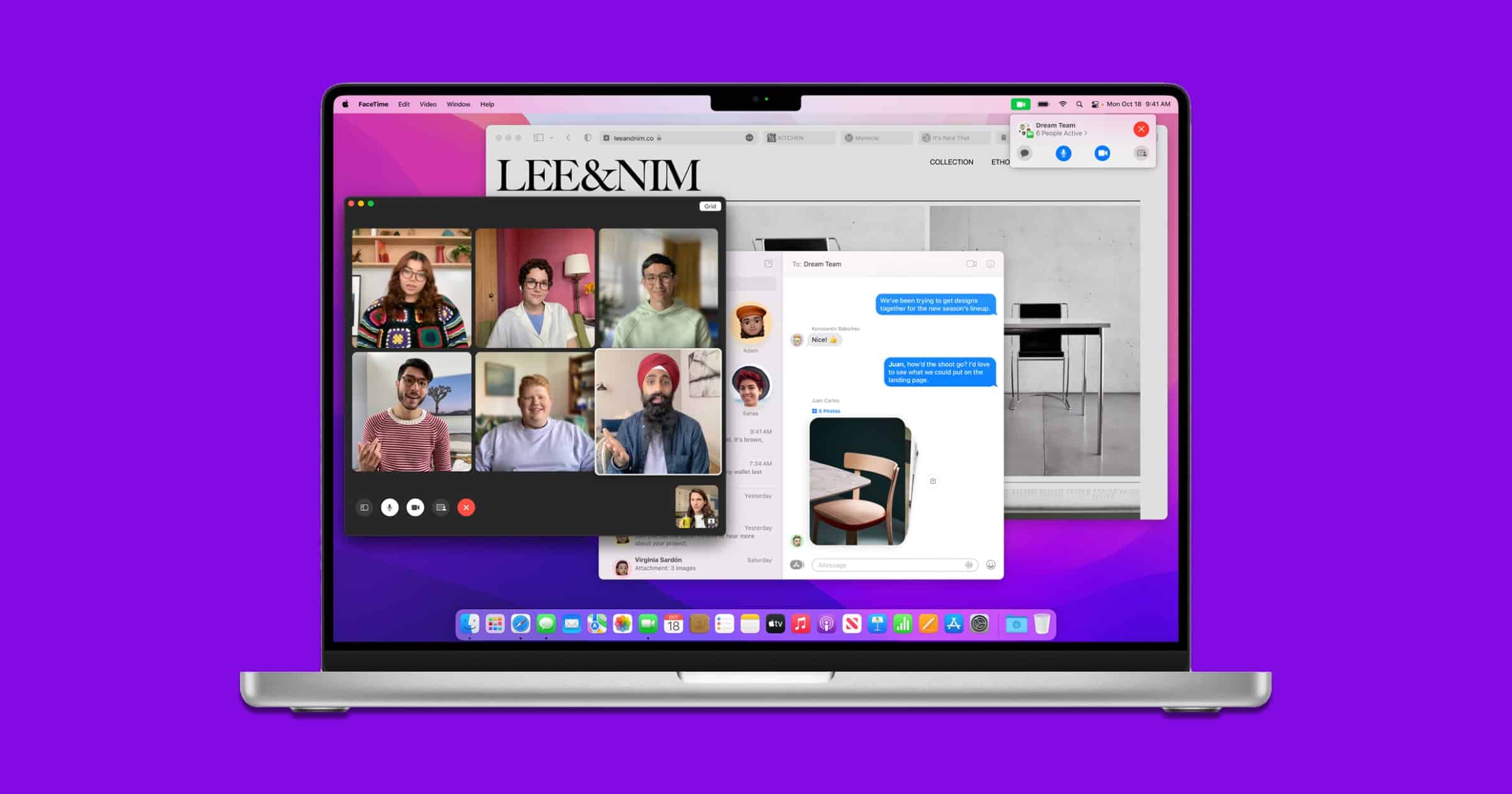
![macOS Monterey is Now Available [Updated]](https://www.macobserver.com/wp-content/uploads/2021/06/macOS-Monterey-Shortcuts.png)
